Karolina Olsson is a testament to the resilience of the human body and the mysterious nature of sleep disorders.
For an astonishing period of 32 years, Karolina Olsson, a Swedish woman born in the 19th century, slept continuously, perplexing the medical community and capturing the public’s imagination.
The Mysterious Long Sleep
Karolina Olsson, born in 1842 in Sweden, lived an extraordinary life with a confounding sleep disorder. At the age of 13, she fell into a deep sleep and continued to do so for the next 32 years of her life.
Her condition attracted both medical professionals and the public, leading to numerous theories and speculations about the underlying causes and potential remedies.
Throughout the decades of her prolonged sleep, Karolina Olsson’s family cared for her tirelessly, hoping that one day she would awaken. Her case garnered widespread attention, and she was dubbed Sweden’s “Sleeping Beauty.”
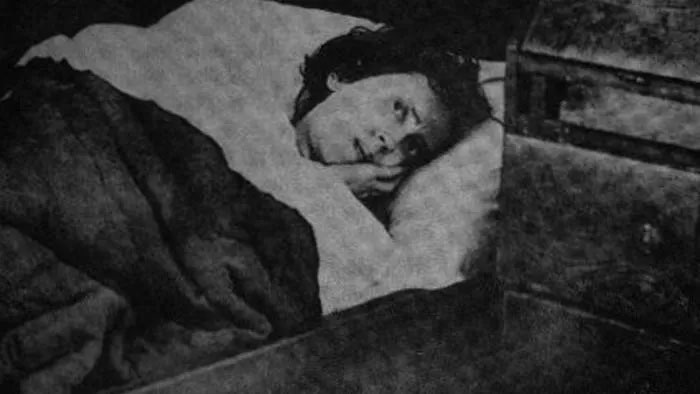
At the age of 13, she fell into a deep sleep and continued to do so for the next 32 years of her life.
To this day, the strange story of Karolina’s life remains a significant question mark for the scientific community, leading to chilling thoughts of some mysterious force behind this bizarre phenomenon.
Experts from various medical fields were baffled by her condition, as it challenged conventional understanding of sleep disorders and the limits of human resilience.
Despite the physical and mental toll her condition had on her family, Karolina Olsson’s steadfast presence in the public eye spurred scientific curiosity and prompted research into the complexities of sleep and its impact on human health. Her case remains a haunting reminder of the mysterious and often misunderstood realm of sleep disorders.
Causes of a Sleep Lasting Over Three Decades
The Olsson family was impoverished and lived on a remote island without a doctor. Initially, they sought help from the small surrounding community.
Due to their financial constraints, neighbors paid for a doctor to visit her. After examining her, the doctor concluded she was in a comatose state and needed further investigation. He continued to visit and monitor Karolina for another year, during which he tried to persuade the medical community to help and find a treatment.
Many doctors visited the Olsson family to examine Karolina. A surprising fact was that her hair and nails seemed to stop growing throughout this time. Moreover, she did not lose weight even though her diet consisted solely of two glasses of milk per day.
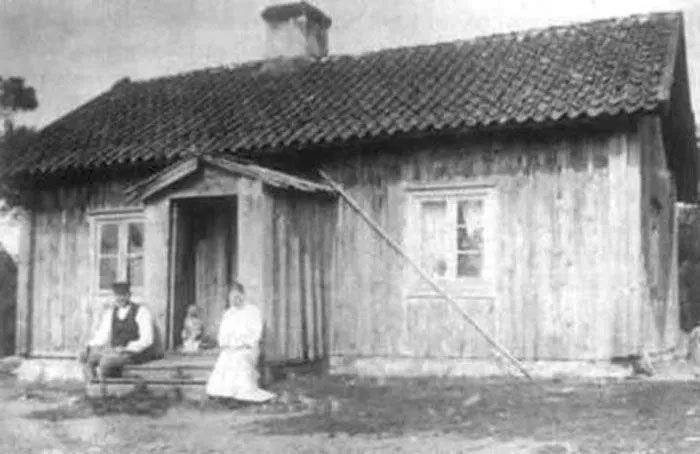
A house in the village where Karolina lived at that time.
In the sixth year of Karolina’s sleep, in 1882, her parents moved her to the city of Oskarshamn after a doctor suggested treatment with electric shock to revive her.
A month later, when her condition did not improve, her parents brought Karolina back home. The doctor indicated that there was nothing more they could do, and the family would just have to wait and pray for a miracle.
Clarifying the cause behind Karolina Olsson’s unprecedented sleep duration was a challenging task for medical professionals of that time. Many hypotheses were proposed, including those related to neurological conditions, psychological trauma, and hormonal imbalances.
A common hypothesis at the time suggested that Karolina Olsson’s sleep was a result of catatonic stupor, a condition characterized by periods of immobility and unconsciousness. Although this explanation was widely debated, it could not provide a comprehensive understanding of her condition, as it did not account for the unusual length of her sleeping episodes.
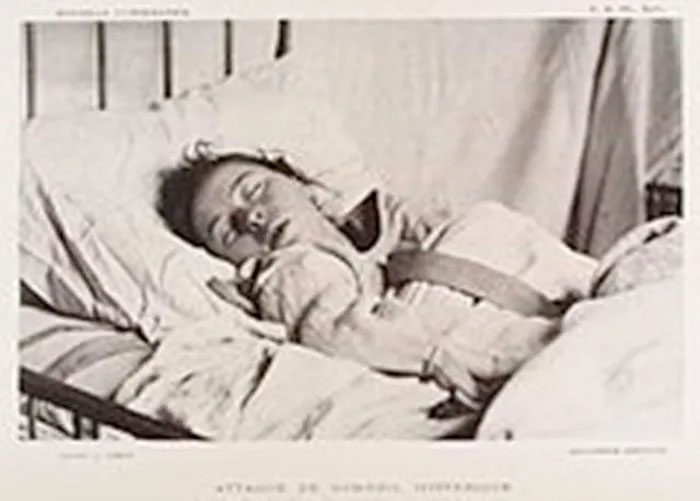
There is a hypothesis that Karolina Olsson’s sleep was the result of catatonic stupor.
During Karolina’s deep sleep, her parents experienced immense distress. When their daughter did not awaken after several days in bed and they could not rouse her, they sought medical assistance.
The lack of specific knowledge surrounding Karolina Olsson’s case highlighted the challenges that medical professionals faced in diagnosing and treating complex and rare sleep disorders. It also underscored the importance of ongoing research and advancements in sleep medicine to shed light on such unique cases and provide solutions for those affected by similar conditions.
Her condition sparked a wave of scientific research and inquiry, leading to deeper insights into sleep disorders and their physiological and psychological effects. Her case opened doors to exploring the complexities of sleep patterns, the role of the brain, and the factors influencing the sleep-wake cycle.
The Awakening
Many years later, one of her brothers passed away, and it was noted that she was crying, but there were no signs that she would awaken from her deep slumber. Her mother also died in 1904, and a caregiver was arranged to take care of Karolina full-time.
On April 14, 1908, the caregiver entered Karolina’s room and found her crying on the floor. Karolina Olsson finally woke up after her 32-year-long sleep.
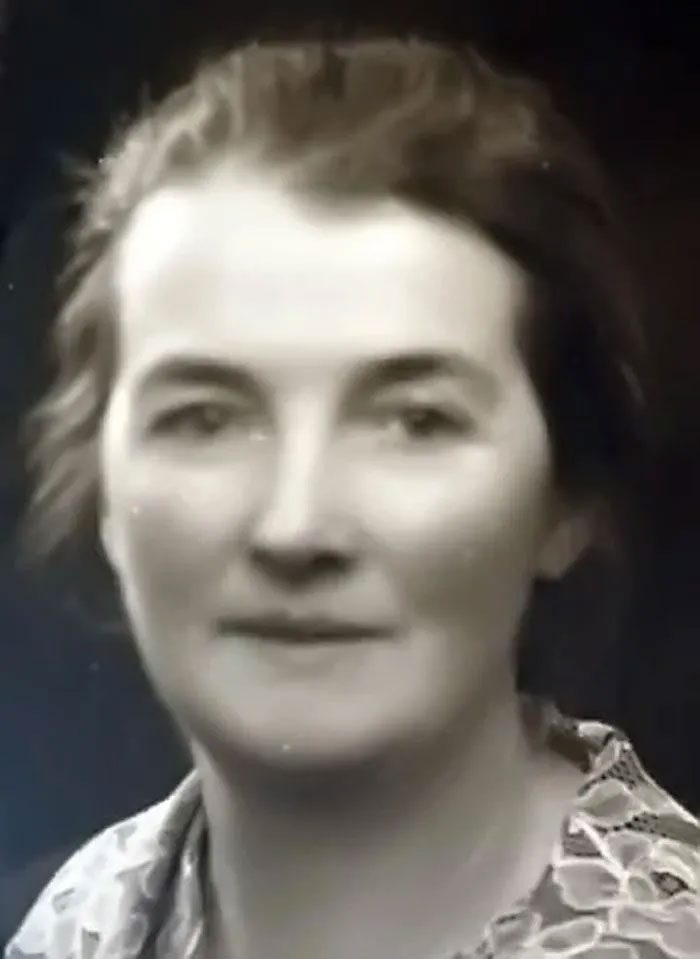
Karolina Olsson finally woke up after her 32-year-long sleep.
Notably, although Karolina was 46 years old upon awakening, she appeared much younger than her age.
When she awoke, she looked nothing like a middle-aged woman but much younger, possibly between 25 and 30 years old. This was another puzzling fact that added to the mystery.
News of Karolina’s awakening also led many to want to explore various aspects of her story. Reporters, doctors, and many others, driven by curiosity, visited her family home.
However, Karolina Olsson could not provide any information. She did not remember anything from her 32 years of sleep.
It seems that Karolina Olsson’s case is unique as no other individual has been recorded to be in such a state for as long.
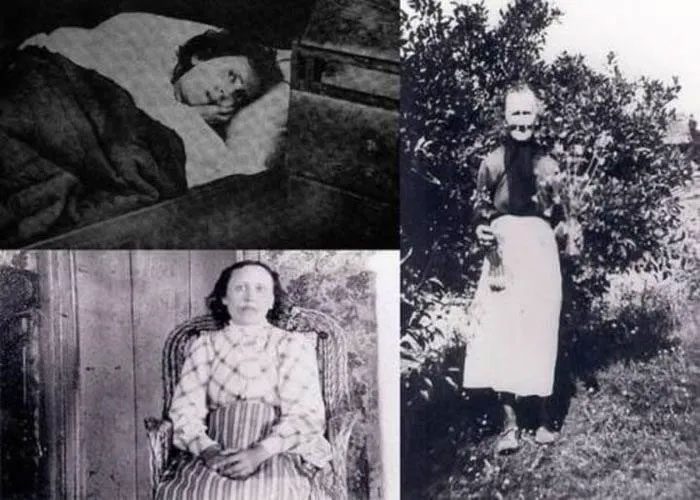
When asked about what she could remember, Karolina only replied that she remembered everything before she slept.
However, not everything was positive after that long sleep. Many believed that Karolina was a fraud and that her 32 years of sleep was staged by her family to attract attention. They did not believe she could survive for all those years on just milk and sugar.
Karolina underwent comprehensive health examinations, and no abnormalities were found. Her intellect remained that of a young, intelligent woman, but she clearly knew very little about the history of her country… This could be explained by the fact that Karolina “lived slower” than the world for 32 years.
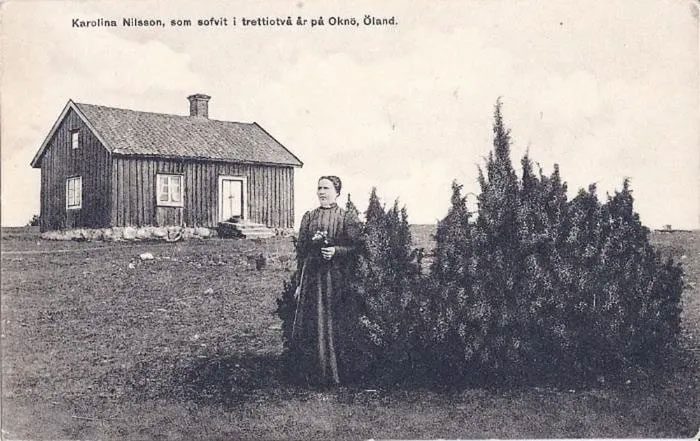
Karolina underwent comprehensive health examinations, and no abnormalities were found.
The Mysteries Surrounding Karolina Olsson
So, did Karolina Olsson really sleep for 32 years? Although the Olsson family claimed she did during that time, there are many factors that raise doubts.
The caregiver who looked after Karolina claimed to have heard voices upstairs as if Karolina was talking. Objects were mysteriously moved, and leftover food disappeared.
Psychiatrist Harald Froderstrom conducted a study to investigate what had truly happened to Karolina. Prior to this, no psychiatrist had examined Karolina, only medical doctors.
Dr. Froderstrom concluded that Olsson did not actually sleep for 32 years, as the human body could not endure such a long time without adequate nutrition.
He speculated that Karolina had suffered a form of mental disorder triggered by a traumatic event. This led her to seek sleep as a means of protecting herself from the harsh realities of the world. During this period, her mother seemed to have stood by her, supporting Karolina in hiding the truth that she was not truly in a complete sleep.
However, Dr. Froderstrom’s hypothesis does not answer the question of why, during her hospitalization in 1892, it was impossible to awaken Karolina.
Karolina lived a relatively happy life after her 32-year-long sleep. She passed away in April 1950.
To this day, the cause of Karolina’s prolonged slumber remains unknown, and it continues to be a mystery in the field of medicine.


















































